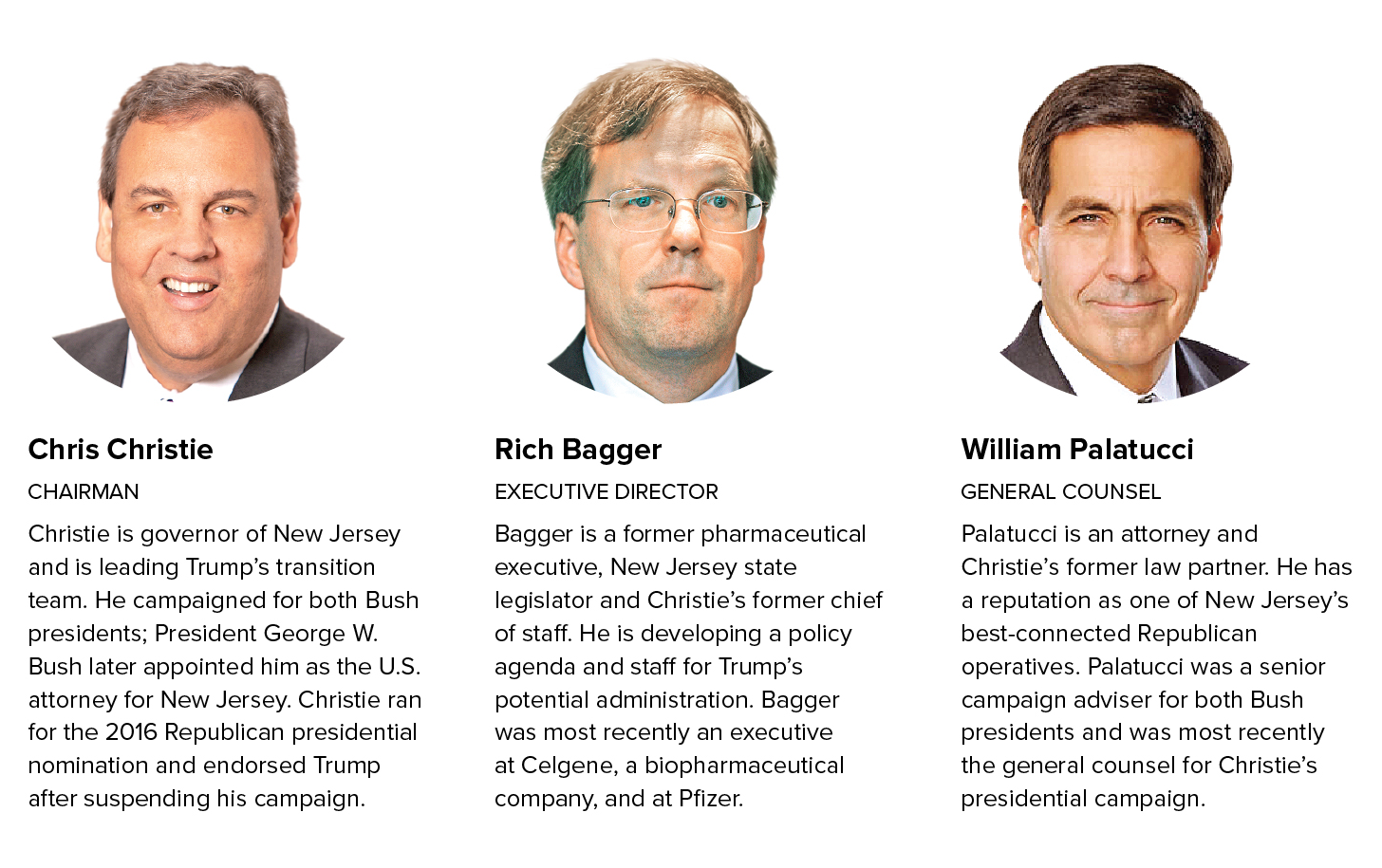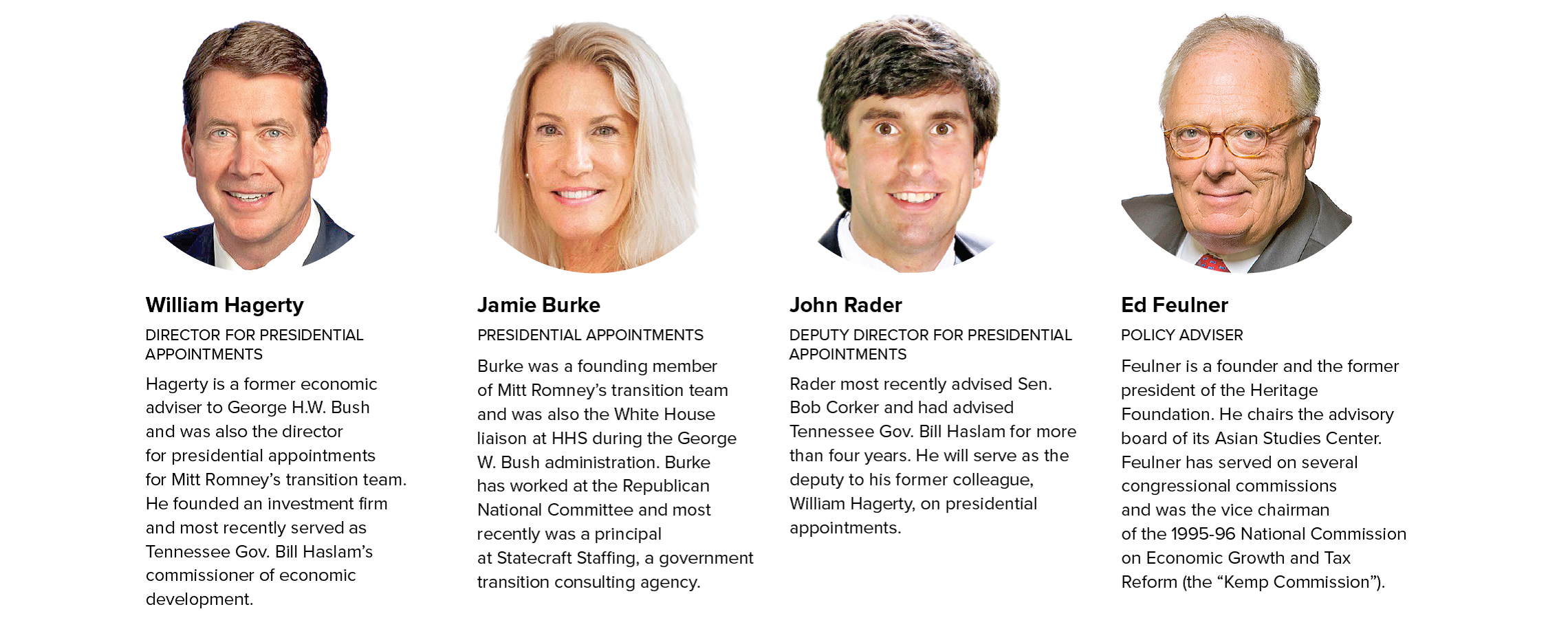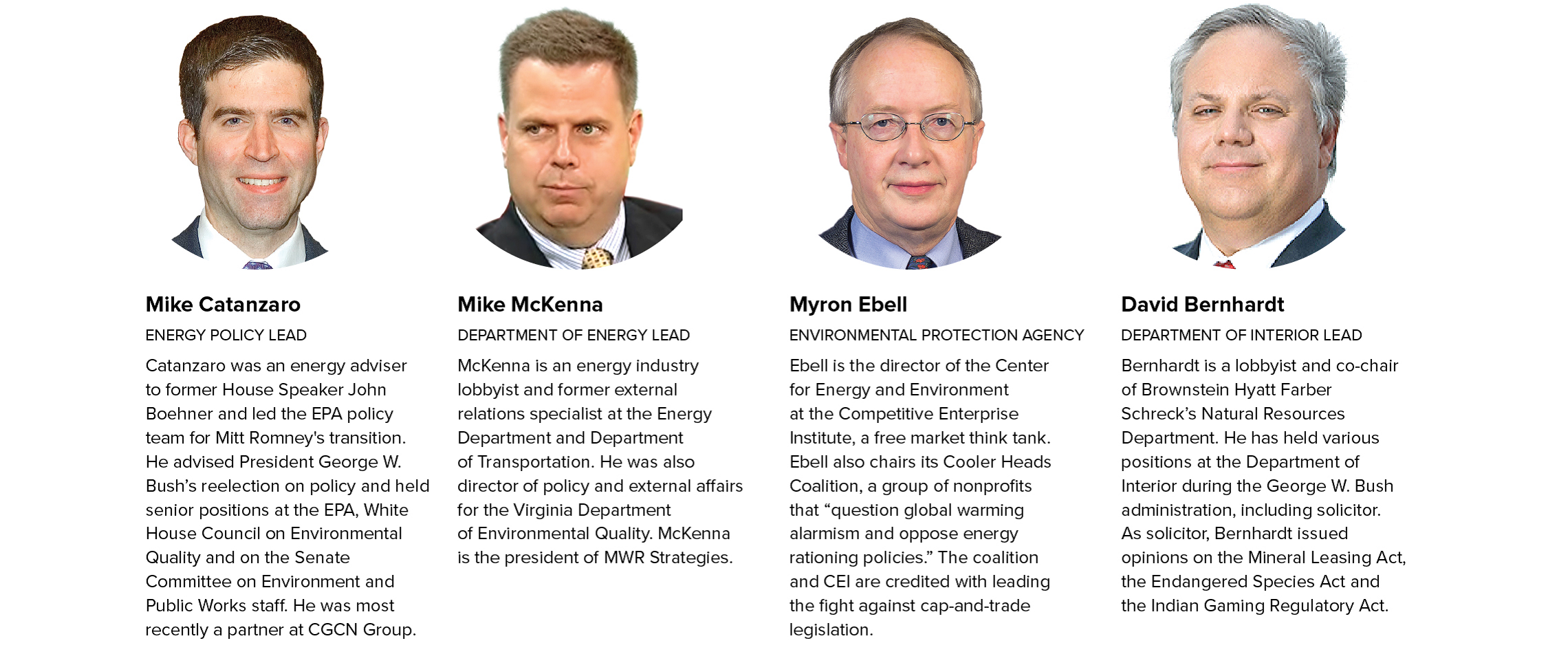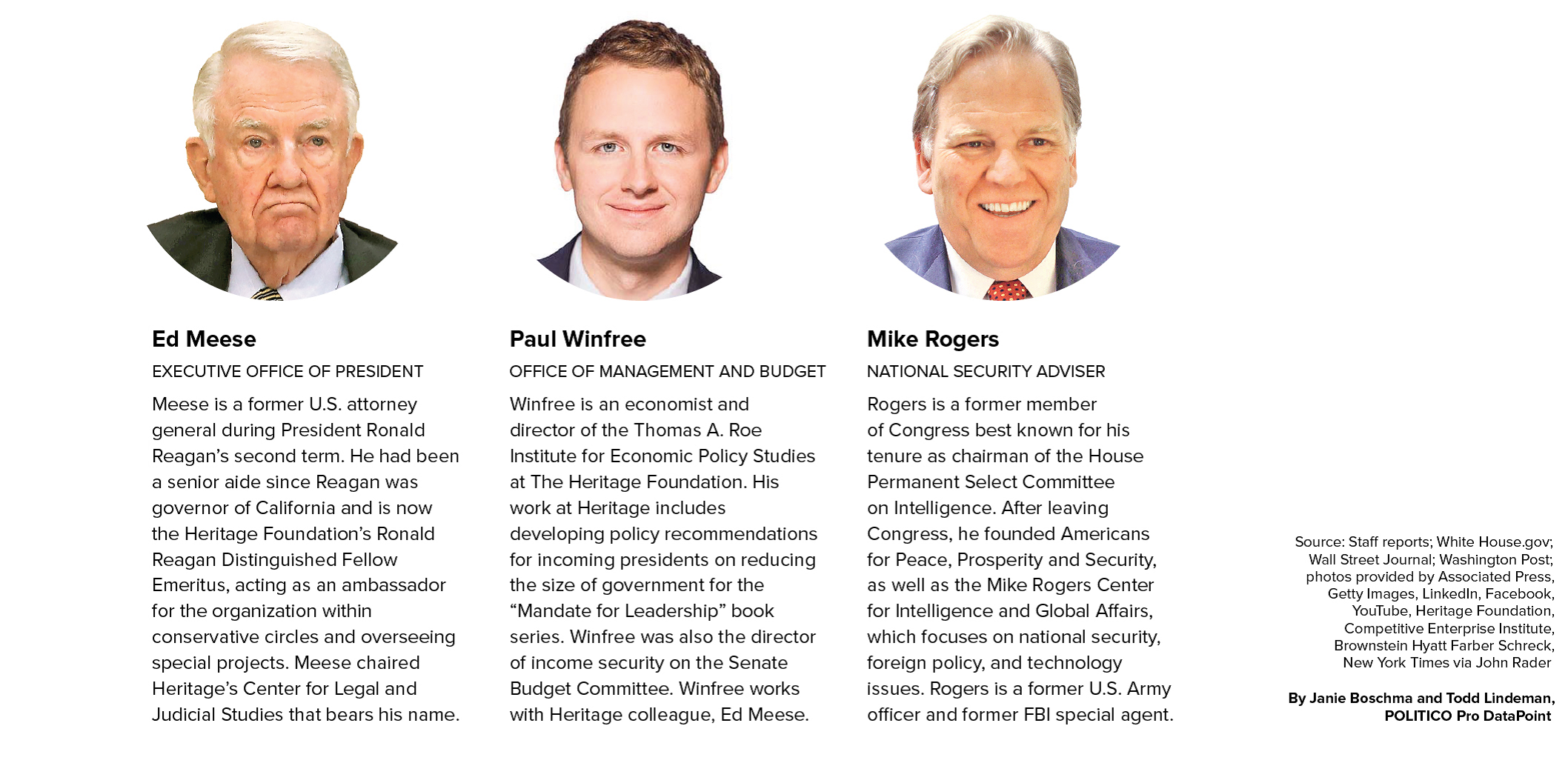The ‘peaceful and smooth’ transition is not all that by a long stretch beneath the first layer.
The Obama team refuses to look outward and understand the reasons for the mood and anger across America. Being in a bubble, filled with liberal hot air and ‘yes’ people all of like mind distorted their view and denial became an incurable disease. The same goes for the whole Hillary camp….

Then Harry Reid who is soon to be put to the political pasture wanted to be sure he gets his last words in.
Harry Reid calls Trump ‘sexual predator’ who fueled his campaign with hate
Then there is the point person as the face of the Democrat National Convention, the whole party…who could it be? Well, almost the worst of the worst, Keith Ellison and he is getting huge support from all corners of the progressives in both Houses. Anyone taken another look at Minneapolis lately?
Sen. Charles E. Schumer (D-N.Y.), who is expected to be the incoming Senate minority leader, has thrown his support behind Rep. Keith Ellison (D-Minn.) to be the next chairman of the Democratic National Committee.
The backing provides a major boost to the expected candidacy of Ellison, who has the support of several liberal lawmakers, including Sen. Bernie Sanders (I-Vt.) and an array of progressive advocacy groups. More here from WaPo. This would be a stellar time again to declare the Muslim Brotherhood a terror organization if Ellison is elevated to the chairman slot….sheesh
***
Obama’s West Wing ponders the apocalypse
Panic has taken hold all over the White House after Donald Trump’s upset victory.
Politico: President Barack Obama and aides are keeping smiles on their faces, but a sense of doom has descended on the White House.
Not two days ago, Obama was campaigning against the existential threat that a President Donald Trump posed to America and the world, mocking the idea of giving the nuclear codes to a man who had to have his Twitter account taken away from him over weekend.
That man is getting the nuclear codes, along with all the rest of the presidency: a pen that can in a moment wipe out the Iran nuclear deal that Obama argued was the only way to hold off mushroom clouds in the Middle East; a Congress eager to join him in destroying the Obamacare law that the president says has saved lives and will save more; a military; a bully pulpit where now every word he says is policy; an affirmation that he should be the model that children aspire to; an empowerment of forces of white nationalism and disrespect that Obama called dark and hateful and warned would be only more empowered if Trump won.
But the freakout has been kept in check — in public, at least. Obama stood calmly on Wednesday afternoon promising a smooth transition, coolly urging supporters and disappointed voters to nurse their wounds and get back into the arena.
The world order has been shaken. Everything that everyone thought they knew about politics is wrong.
Wednesday, White House press secretary Josh Earnest diplomatically touched on those ideas, while insisting that inviting into the Oval Office a man he repeatedly called “unfit” for the job does not carry an air of insincerity. Earnest would not directly answer whether Obama is now worried about turning over the nuclear codes, or whether the president believes the world now faces a heightened chance of nuclear war.
“I’m not going to speculate on what sort of actions President-elect Trump may choose to prioritize or pursue,” Earnest said when asked about nuclear war.
His only answer when asked whether Obama is worried about turning over the nuclear codes: “The election’s over, and it’s been decided,” reasserting that the president’s disagreements with the president-elect are “rather profound.”Earnest then several times referenced the importance of the U.S. alliance with South Korea: North Korea is growing ever more aggressive in its nuclearization, and Trump has previously expressed ambivalence about American involvement.Asked about the existential threat to American democracy that Obama had said a President Trump represents, Earnest replied, “The president made a forceful argument, and he stands by that argument. But the time for making that argument has passed. The American people have rendered their judgment.”
An hour earlier, in the Rose Garden, Obama recalled that he told America on Tuesday — when he, like most others, thought Hillary Clinton would win — that after the election, “the sun would come up in the morning — and that was one prognostication that turned out to be true.”
The sun came up. But that doesn’t change how terrified Obama and Clinton, like many others, are about where America and the world will be in four years. The furthest Obama could bring himself to go was to say he had “hope” that Trump would be invested in unity, respect for American institutions, the nation’s way of life and the rule of law.
Obama, watching the returns come in from the White House residence until late into the night, was stunned and disappointed, Earnest said.
In public, and in talking with small groups of staffers, Obama was upbeat.
“This was a long and hard-fought campaign. A lot of our fellow Americans are exultant today, and a lot of Americans are less so, but that’s the nature of campaigns. That’s the nature of democracy,” Obama said. “It’s not always inspiring. But to the young people who got into politics for the first time and may be disappointed by the results, I just want you to know, you have to stay encouraged. Don’t get cynical. Don’t ever think you can’t make a difference.”
The White House staffers who massed in the Rose Garden to hear some kind of comfort or explanation wept and hugged, the shock running through their bodies.
They applauded loudly for two minutes after Obama and Vice President Joe Biden walked back into the Oval Office, ignoring shouted questions that included “Is Obamacare over?” and “Are you scared?”
But everything he and they worked for seems set to be ripped out by the roots. Four years is a very long time, especially with Republican majorities in the House and Senate that might grow only larger with the 2018 midterms.
“We owe him an open mind and a chance to succeed,” Clinton said in her own concession speech.
Earnest pushed back on the suggestion that the Obama legacy is toast. Trump would face difficult real-world consequences in following through on some of his campaign promises, he argued, between potentially ballooning the deficit and spiking health care costs. Meanwhile, House Speaker Paul Ryan and Senate Majority Leader Mitch McConnell both said Wednesday that they’re going to move to repeal Obamacare quickly, and that would be only the start.
But Earnest admitted that he’d had to practice just saying the words “President-elect Trump.”
It’s a neck-breaking whiplash from the valedictory trip that Obama took through New Hampshire, Michigan and Pennsylvania (all states he won twice, and two of which were part of the collapse that took the presidency from Clinton).
White House chief of staff Denis McDonough, meanwhile, walked through the Rose Garden after Obama finished speaking. Asked whether he’d take questions, he smiled tightly and said, “No.”
Earnest shared the message he said he’s been telling his own staff.
“People say adversity builds character,” Earnest said. “I’m not sure that’s true. I think adversity reveals character.”
*****
Clinton Aide Blame FBI director, media for devastating loss
TheHill: Top aides to Hillary Clinton are blaming FBI Director James Comey and the media for the Democrat’s devastating loss in the presidential election.
Clinton campaign chairman John Podesta, communications director Jennifer Palmieri and other Clinton aides sought to provide explanations during a private conference call Thursday with supporters of the Democratic nominee for a loss that to many came out of nowhere.
They were pressed on the call for answers and insight from supporters stung by the surprise loss.At one point on the call, Podesta noted that Comey is the guy “who we think may have cost us the election,” according to one Clinton surrogate who relayed details about the call to The Hill.
Another unidentified aide also seemed to blame Comey.
“We saw turnout down and didn’t do nearly as well as we thought. Something happened and it happened in a pretty steady way late in the race,” the aide said, according to the surrogate.
The surrogate said the clear message from the call was that Comey had contributed to the declining turnout.
“That last week, it was just one too many things,” Palmieri added later, referring to the post-Comey final week of the campaign.
Comey on Oct. 28 shocked Washington and Democrats by telling Congress that the FBI had discovered new emails related to its investigation of Clinton’s use of a private email server as secretary of State. The FBI had decided against making criminal charges against Clinton over the summer for her handling of classified information on that server.
Polls between Clinton and Republican Donald Trump had already tightened with the Comey news broke, and the race appeared to get closer over the next week.
On Nov. 6, Comey said the FBI had not found any information in the new emails that would change its original decision that Clinton should not be charged.
Aides also blamed the media for the loss.
“The media always covered her as the person who would be president and therefore tried to eviscerate her before the election, but covered Trump who was someone who was entertaining and sort of gave him a pass,” Podesta said. “We need to reflect and analyze that and put our voices forward.”
Trump during the campaign frequently criticized the media for being too hard on him.
Podesta, whose hacked emails were released by WikiLeaks over the campaign’s final stretch, said top Clinton aides will argue that the press created a “false moral equivalency” in its coverage of Clinton and Trump.
The campaign chairman blamed the press for “the dominance of the way they covered the email” controversy, saying it overlooked “the conflicts of Trump’s businesses, the Russian contacts we are now learning to be true, the failure of the press following the 3-page leak to the New York Times to really dig into the income tax question.”
The Times in October published an explosive story that suggested Trump may not have paid income taxes for more than a decade. Trump had also been criticized for possible business dealings in Russia.
“We need to be mindful of the fact that they’re going to continue, they won’t quit, they’re going to continue to throw mud,” he said of the press, adding that Clinton supporters need to “defend her and her legacy and the kind of person she is.”
Surrogates on the call who asked questions included donor J.B. Pritzker, Ready for Hillary co-founder Allida Black and strategist Maria Cardona. Black cried at one point during the call.
Palmieri also acknowledged the campaign is still looking for answers.
“Thirty-six hours after the most devastating loss in the history of American politics, we’re looking at a white board right now with lots of ideas,” Palmieri said. “We’re sort of figuring out what we need to do this week, and what we need Democrats to do in the next two months ahead of the inaugural.
“I don’t have a real answer except to say we have ideas about what works needs to be done and hope there are people in a position to do that. We’re trying to figure it out.”









